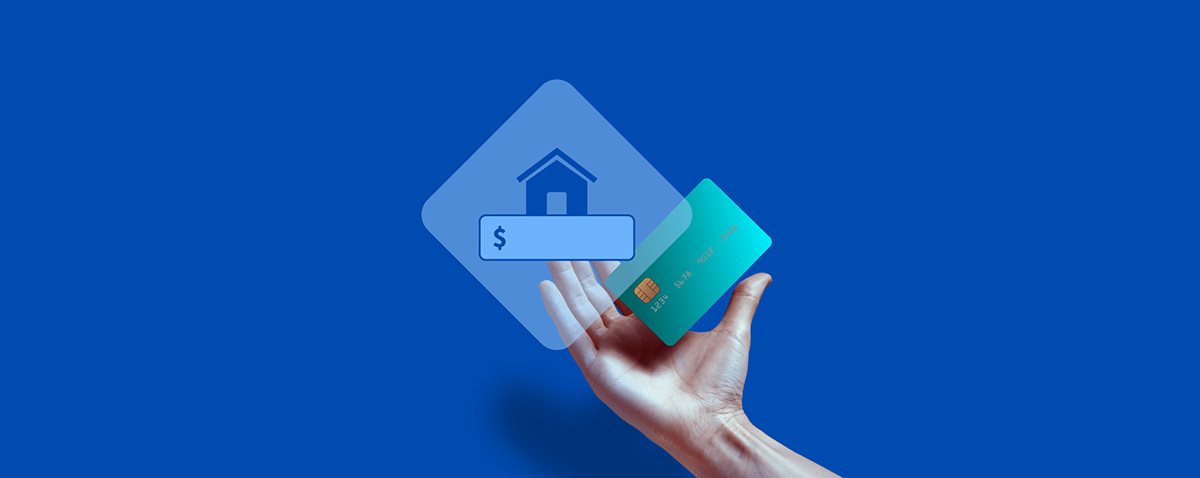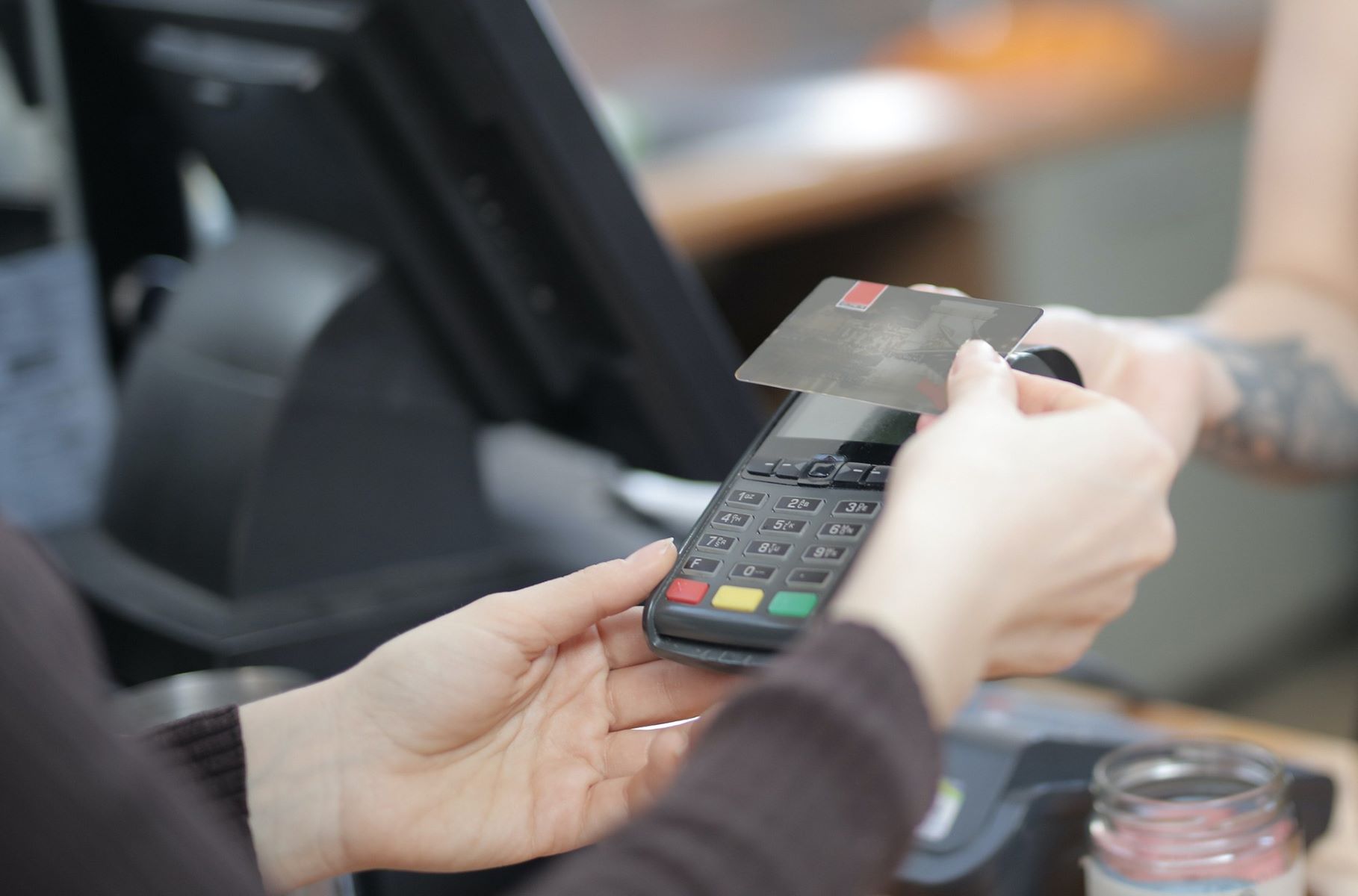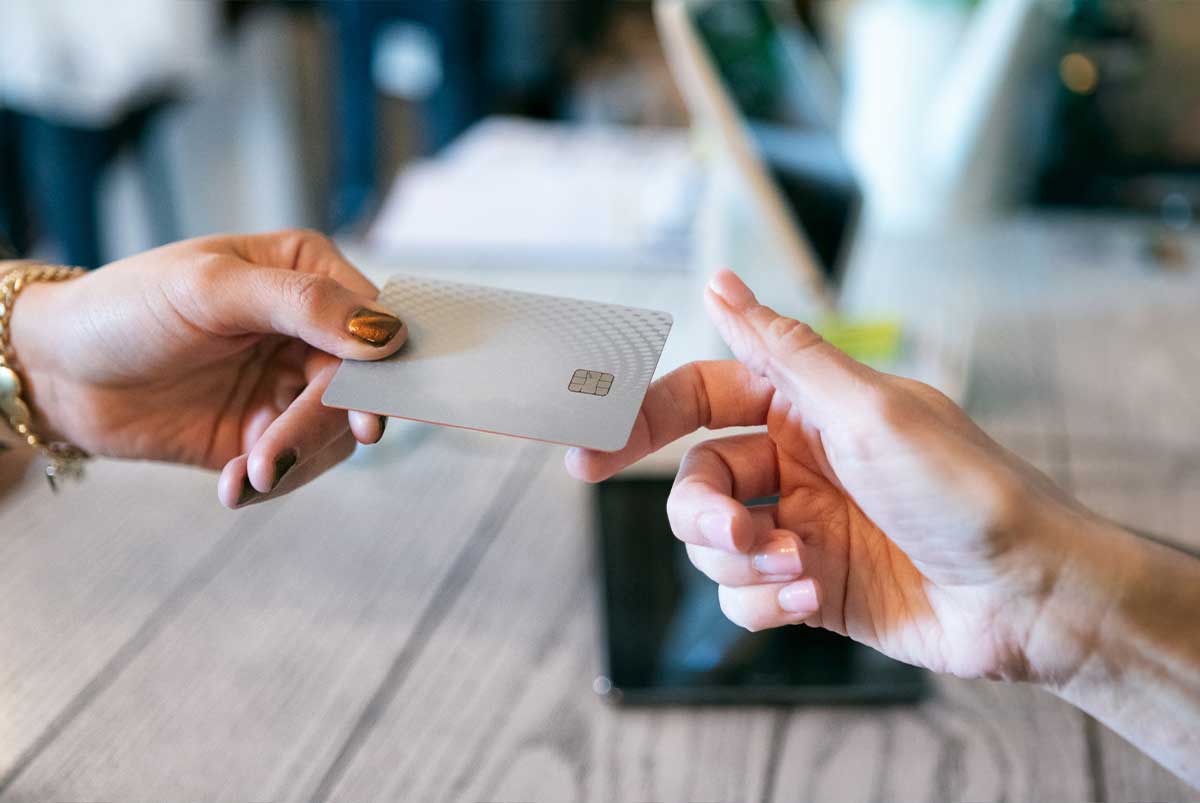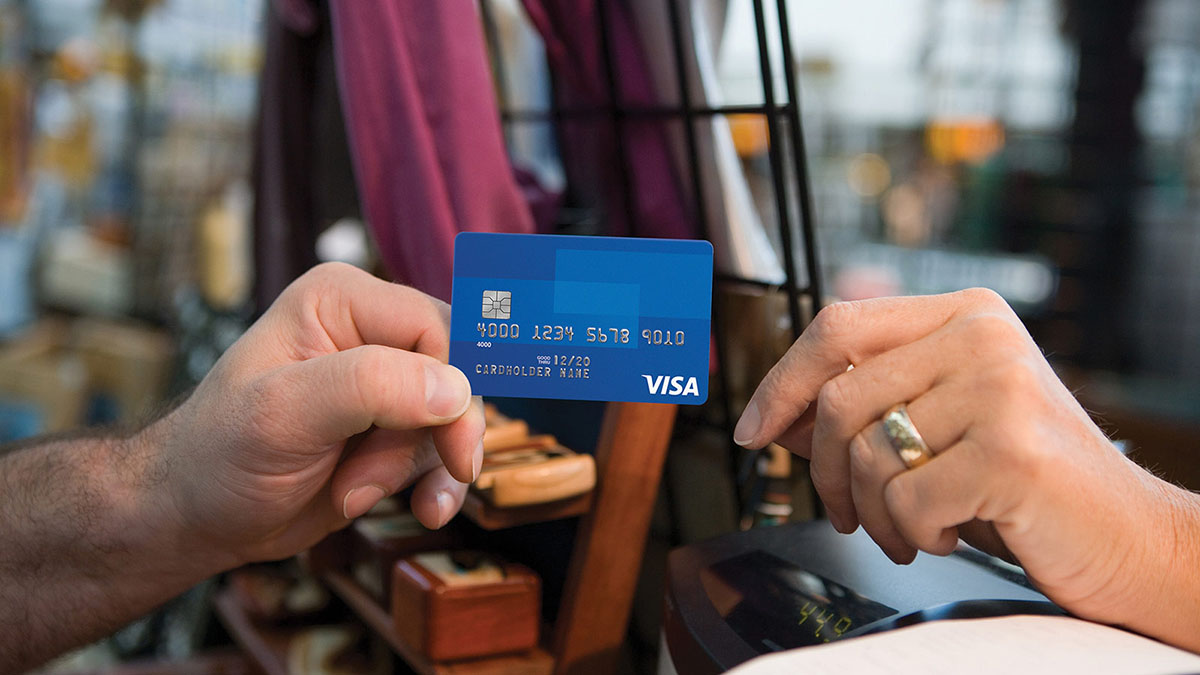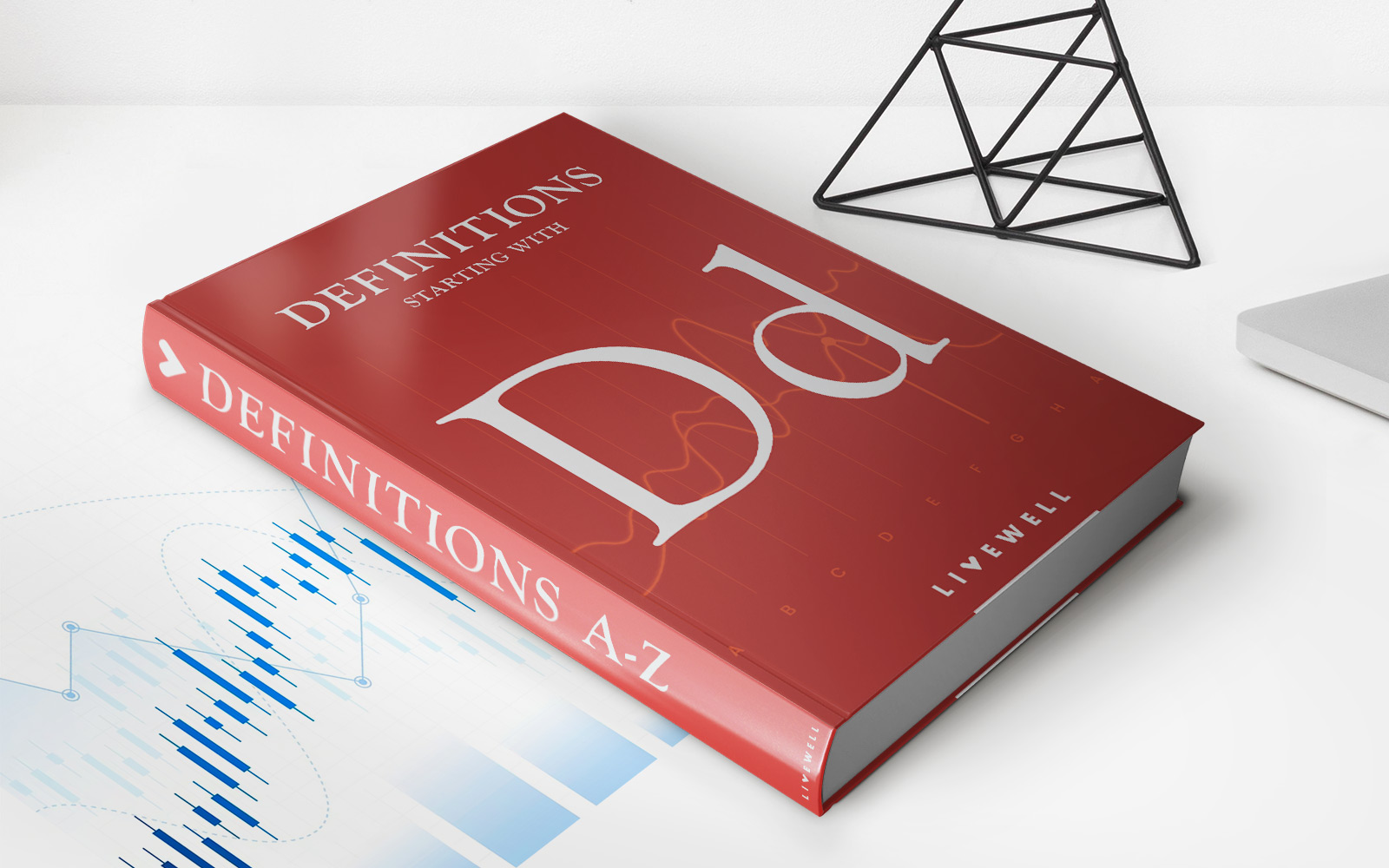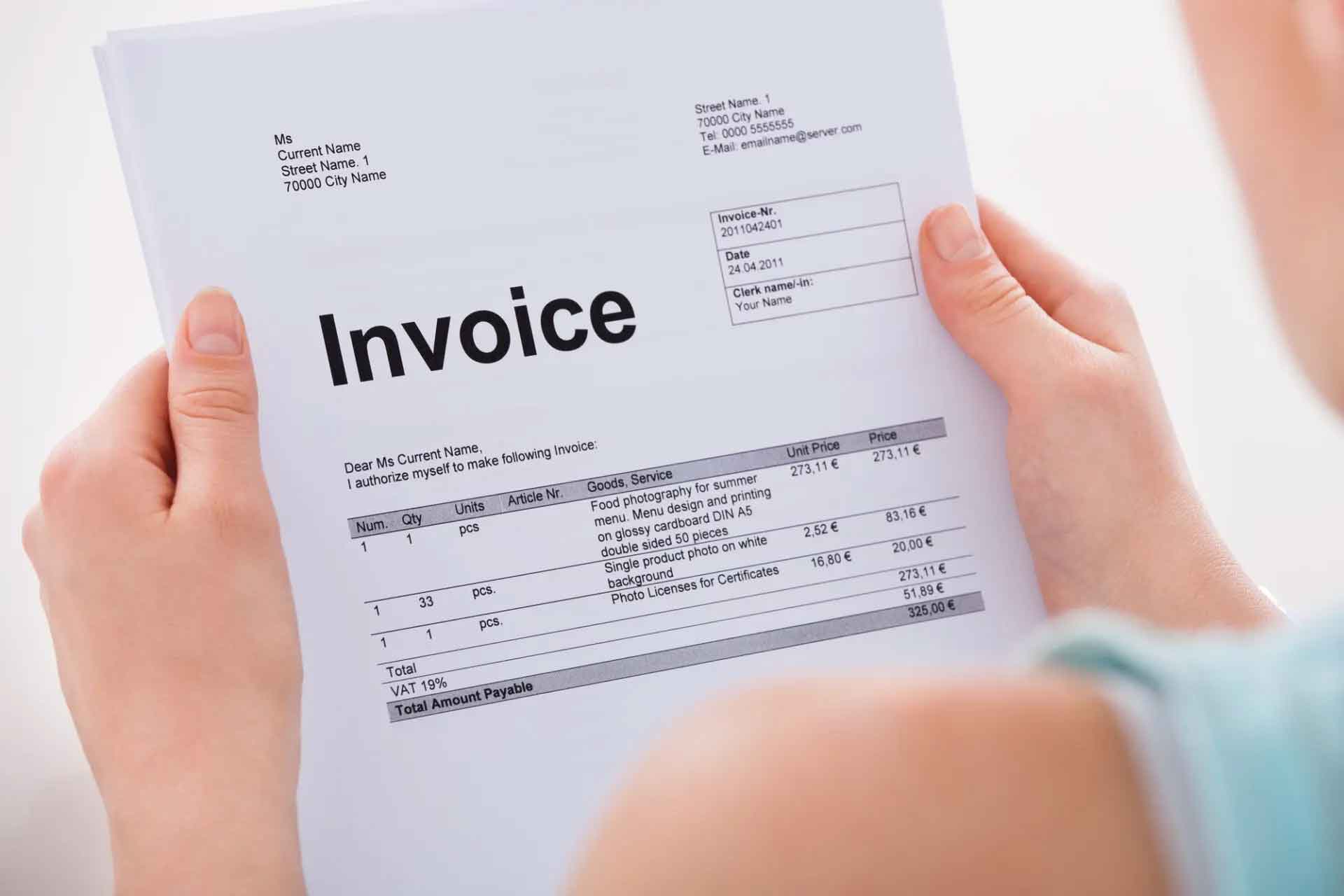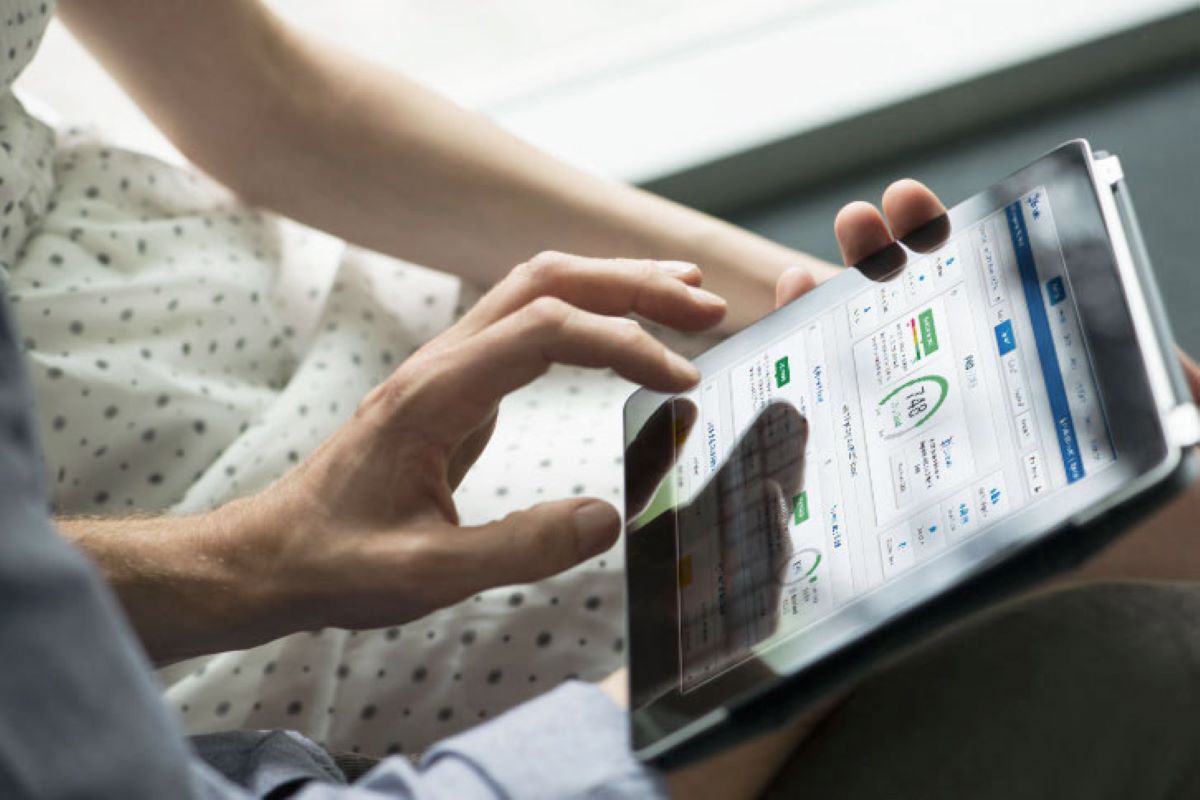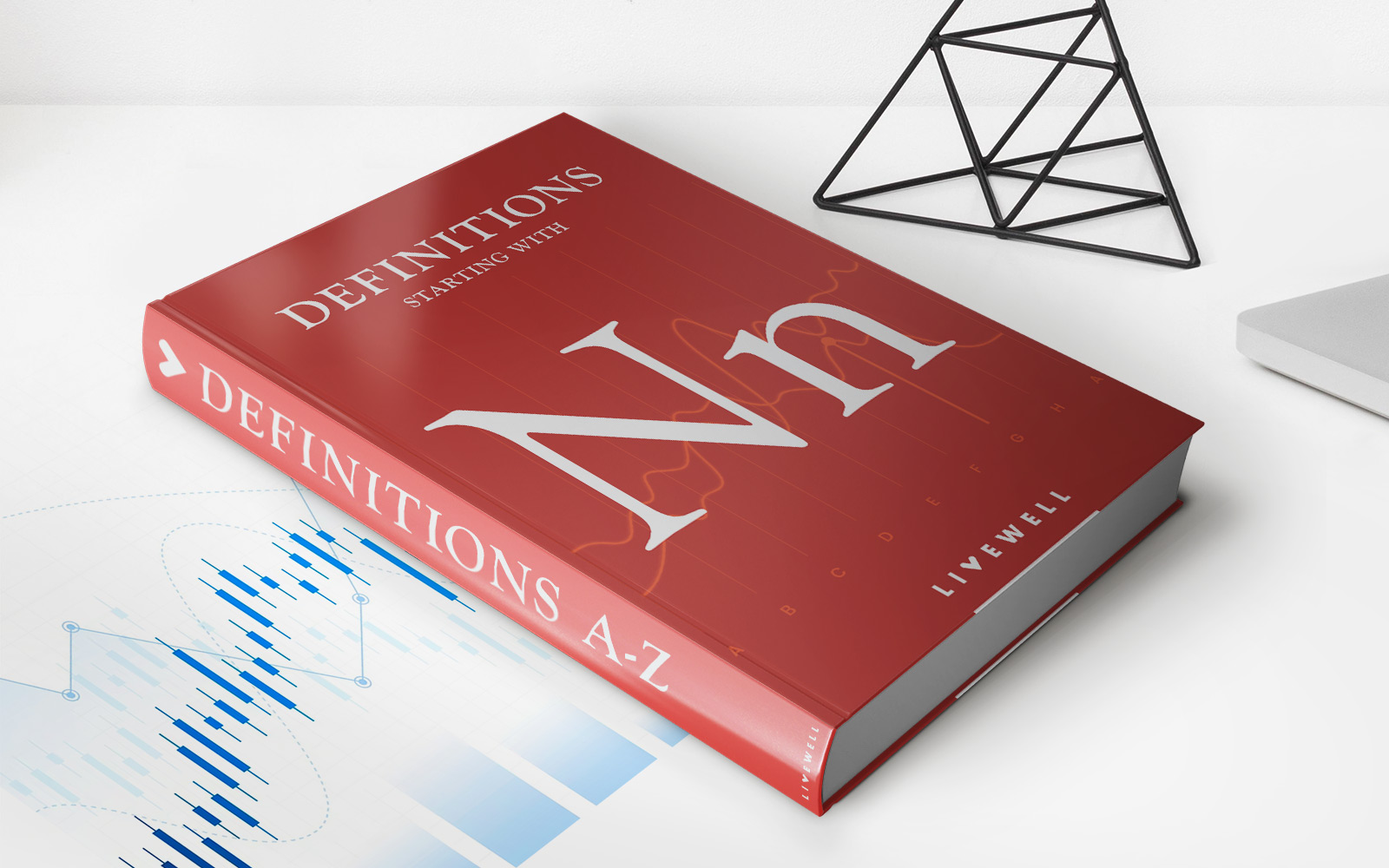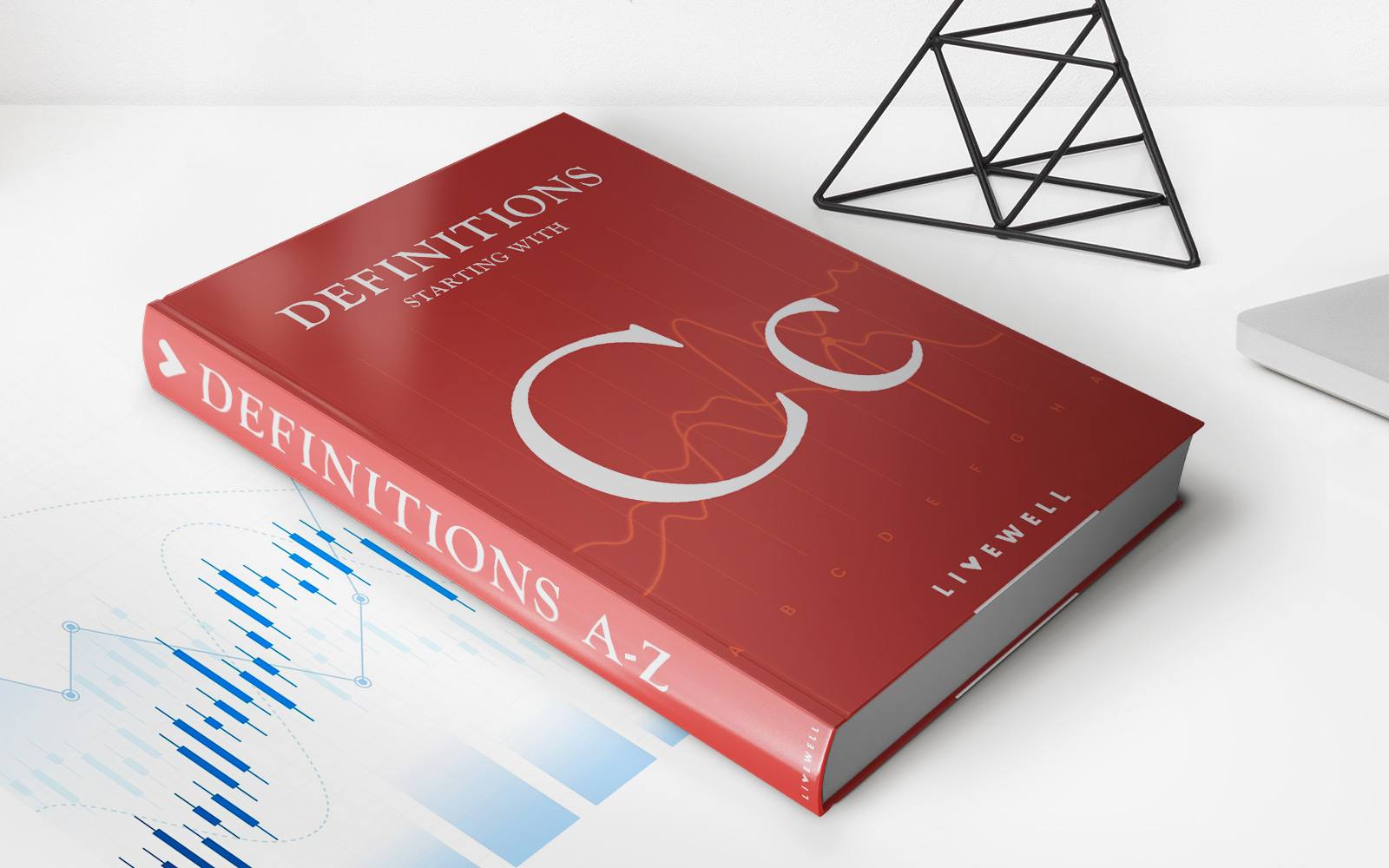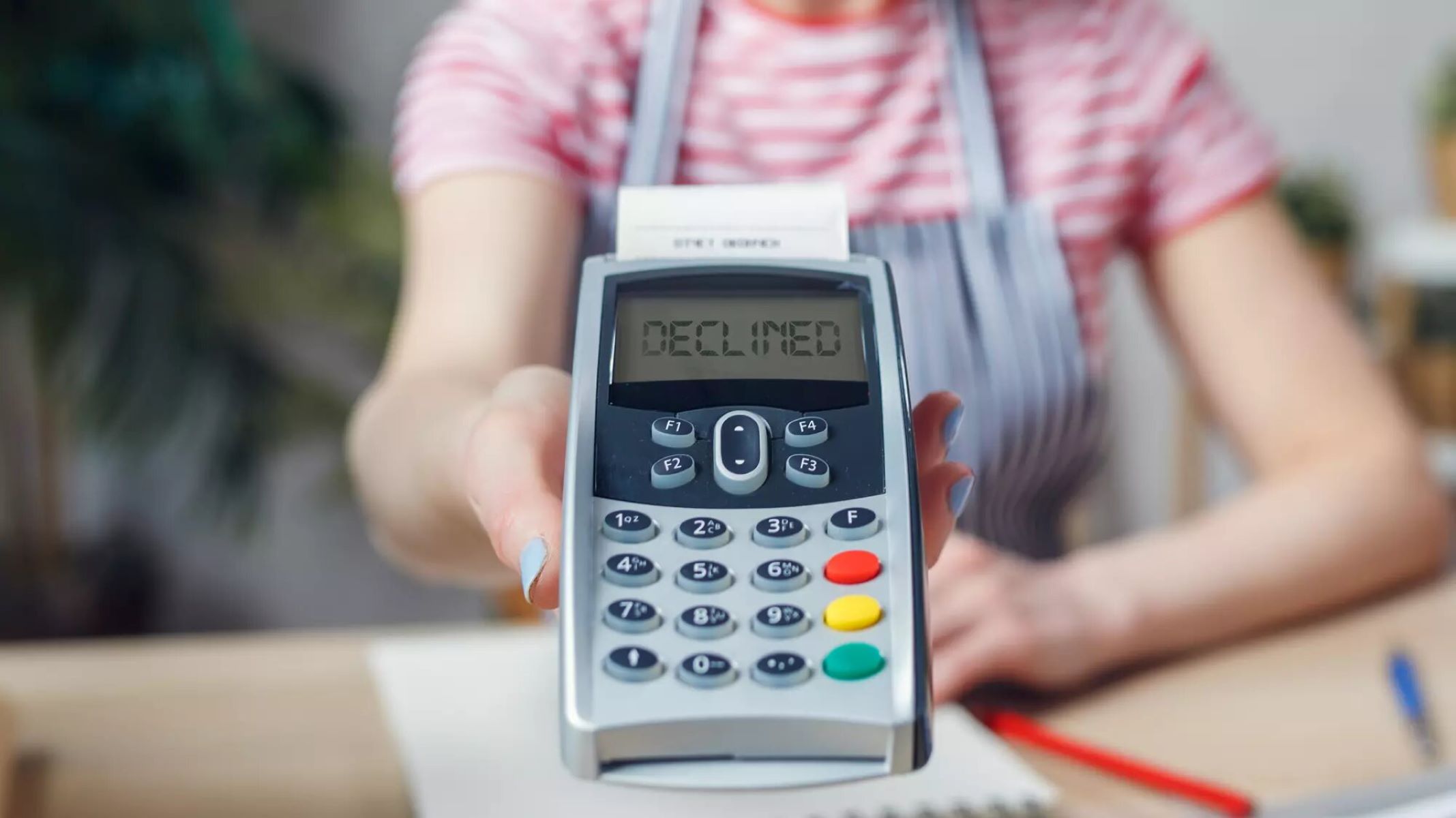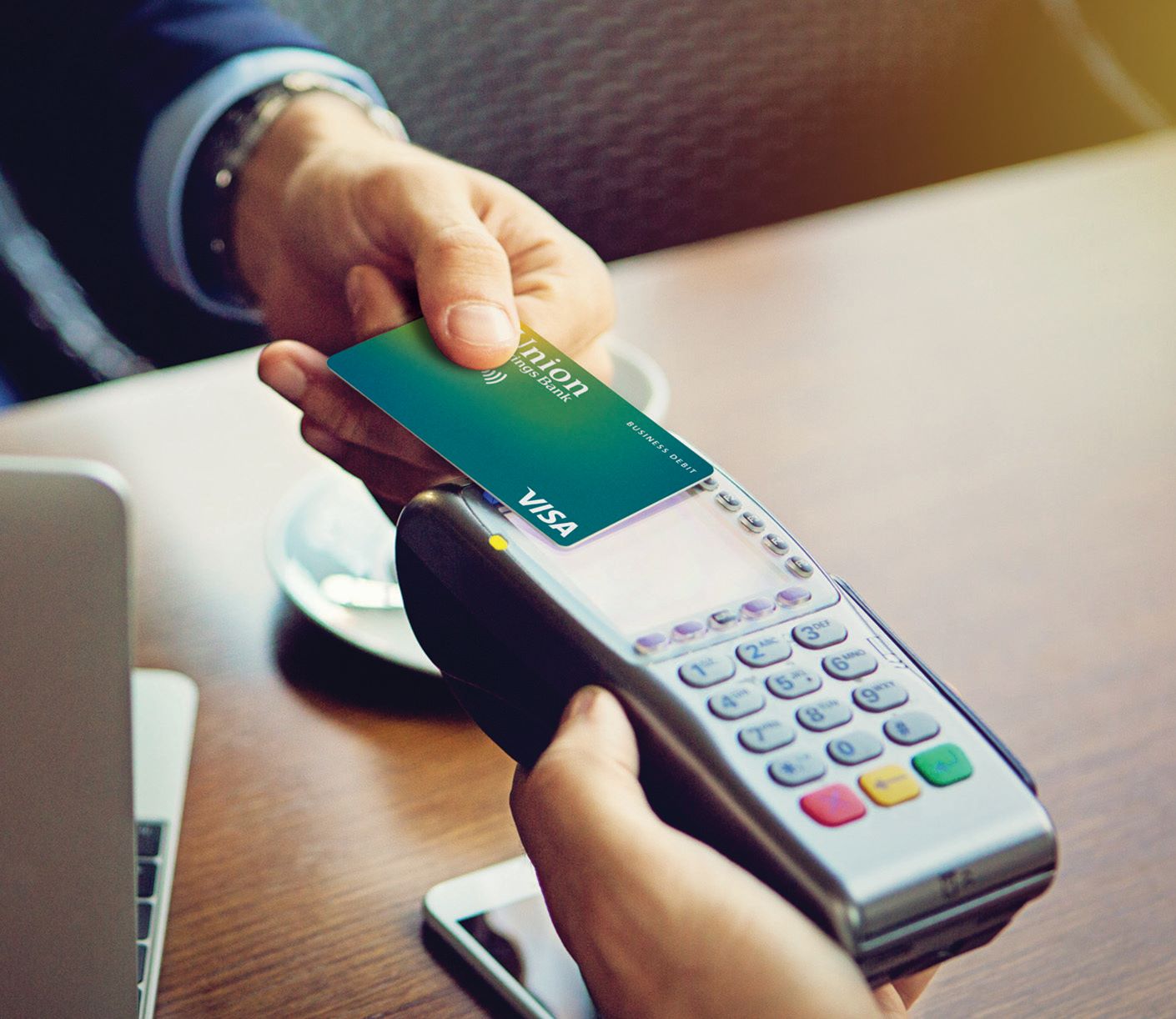

Finance
How To Pay A Credit Card With A Debit Card
Published: October 27, 2023
Learn how to pay off your credit card using a debit card and manage your finances more effectively. Get expert tips on maximizing your payments and minimizing debt.
(Many of the links in this article redirect to a specific reviewed product. Your purchase of these products through affiliate links helps to generate commission for LiveWell, at no extra cost. Learn more)
Table of Contents
Introduction
In today’s world, credit cards have become an integral part of our financial lives. They offer convenience, flexibility, and numerous rewards and perks. However, managing credit card payments can sometimes feel like a juggling act, especially when you’re trying to stay on top of your finances.
But what if you could simplify the process of making credit card payments? What if there was a way to pay off your credit card using a debit card, eliminating the need for separate transactions and reducing potential interest charges?
In this article, we will explore the concept of using a debit card to pay a credit card and how it can be a practical and efficient approach to managing your finances. We will provide you with a step-by-step guide on how to pay your credit card using a debit card, discuss the benefits of this method, and highlight some considerations and potential limitations to keep in mind.
Whether you’re looking to streamline your payment process or simply curious about alternative payment methods, this article will equip you with the knowledge you need to make informed decisions about your credit card payments. So, let’s dive in and discover how you can pay your credit card with a debit card!
Understanding Credit Card Payments
Before delving into the process of using a debit card to pay off your credit card, it’s important to have a solid understanding of how credit card payments work.
When you make a purchase using a credit card, you are essentially borrowing money from the credit card issuer. This borrowed amount is added to your credit card balance, and at the end of each billing cycle, you receive a statement outlining your outstanding balance, minimum payment due, and due date.
When it comes to making credit card payments, you have several options. You can choose to make the minimum payment, which is a percentage of your outstanding balance, or you can pay off the full balance to avoid interest charges. It’s important to note that if you choose to make only the minimum payment, you will be charged interest on the remaining balance.
Typically, credit card payments can be made through various methods, including online banking, mobile apps, check payments, or through automated bill payments. However, using a debit card to pay off your credit card provides a unique advantage by allowing you to directly access funds from your bank account.
This brings us to the question: Can you pay your credit card bill using a debit card? The answer is yes, and in the next section, we will explore the steps involved in the process.
Using a Debit Card to Pay a Credit Card
Using a debit card to pay off your credit card balance offers a straightforward and convenient method of managing your finances. By linking your debit card to your credit card account, you can easily transfer funds from your bank account to pay off your credit card balance.
When you make a payment using a debit card, the funds are immediately deducted from your bank account, ensuring that your credit card bill is settled promptly. This eliminates the need for writing a separate check or initiating a bank transfer, saving you time and effort.
It’s important to note that not all credit card issuers allow debit card payments. Before proceeding, check with your credit card provider to ensure that they offer this payment option. Additionally, make sure to review any associated fees or limitations that may apply.
Using a debit card to pay off your credit card can be especially beneficial if you’re looking to avoid accumulating interest charges. By paying off the full balance each month, you can effectively eliminate the interest that would accrue on any outstanding balance.
Furthermore, using a debit card ensures that you’re using your own funds to pay off your credit card rather than relying on borrowed money. This can help you maintain control over your spending and avoid falling into a cycle of debt that can be associated with credit cards.
In the next section, we will provide you with a step-by-step guide on how to pay your credit card using a debit card.
Step-by-Step Guide to Paying a Credit Card with a Debit Card
If you’re ready to simplify your credit card payments by using a debit card, follow this step-by-step guide:
- Check with your credit card issuer: Before proceeding, verify whether your credit card issuer allows debit card payments. You can do this by contacting their customer service or checking their website.
- Link your debit card to your credit card account: If your credit card issuer allows debit card payments, you’ll need to link your debit card to your credit card account. This can usually be done through your online banking platform or by calling your bank’s customer service.
- Access your credit card account: Once your debit card is linked, log in to your credit card account either through the issuer’s website or their mobile app.
- Select the payment option: Look for the “Make a Payment” or “Pay Your Bill” section within your credit card account. Choose the option to make a payment using your linked debit card.
- Enter payment details: Enter the required payment details, including the amount you wish to pay and the account from which the funds should be deducted (your linked debit card).
- Confirm the payment: Review the payment details and confirm the transaction. Double-check that the payment amount is correct and that you have sufficient funds in your bank account.
- Receive payment confirmation: Once the payment is processed, you should receive a confirmation of the transaction. Keep this confirmation for your records.
By following these steps, you can easily pay off your credit card using a debit card, streamlining your financial management and ensuring prompt payment of your credit card balance.
Benefits of Paying with a Debit Card
Paying off your credit card using a debit card offers several benefits that can simplify your financial management and help you stay on top of your payments. Here are some advantages of using a debit card to pay your credit card:
- Convenience: Paying with a debit card eliminates the need for writing checks or initiating bank transfers. With just a few clicks, you can transfer funds from your bank account to your credit card, saving you time and effort.
- Real-time transactions: Debit card payments are processed immediately, ensuring that your credit card bill is settled promptly. This helps you avoid late payment fees and potential interest charges.
- Budgeting and control: By using your own funds to pay off your credit card balance, you can maintain better control over your spending. This can help you avoid accumulating debt and stay within your budget.
- Avoiding interest charges: Paying off your credit card balance in full using a debit card ensures that you won’t be charged any interest on the remaining balance. This can save you money in the long run and help you manage your finances more effectively.
- Consolidation: If you have multiple credit cards with different due dates, using a debit card can simplify your bill payment process. You can consolidate all your credit card payments into one transaction, making it easier to track and manage your expenses.
- Rewards and benefits: Some debit cards offer rewards or cashback programs. By using your debit card to pay off your credit card, you can earn benefits or rewards on your transaction, further maximizing your financial benefits.
While paying with a debit card offers numerous benefits, it’s important to consider any potential limitations and factors that may impact your decision. We will explore these considerations in the next section.
Considerations and Potential Limitations
While using a debit card to pay your credit card offers many advantages, it’s essential to be aware of the following considerations and potential limitations:
- Availability: Not all credit card issuers allow debit card payments. Before proceeding, check with your credit card provider to ensure that this option is available.
- Fees: Some credit card issuers may charge a convenience fee for making debit card payments. Make sure to review any associated fees before initiating a payment.
- Bank account balance: Before using your debit card to pay off your credit card, ensure that you have sufficient funds in your bank account. Insufficient funds may lead to overdraft fees or declined payments.
- Rewards and protections: Using a debit card to pay your credit card may impact the rewards and benefits offered by your credit card. Additionally, credit cards often offer additional protections, such as purchase protection or extended warranties, which may not be available when using a debit card.
- Security: While debit cards are generally safe to use for online transactions, it’s important to ensure that you are using a secure and trusted payment platform. Avoid entering your debit card information on suspicious or unsecured websites.
- Payoff flexibility: When paying with a debit card, the transaction is usually immediate and cannot be reversed. If you accidentally overpay your credit card, you may need to request a refund from the credit card issuer.
Considering these factors and understanding the potential limitations will help you make an informed decision about using a debit card to pay your credit card. Be sure to weigh the benefits against the potential drawbacks before proceeding.
Conclusion
Paying off your credit card with a debit card can be a convenient and efficient way to manage your finances. It simplifies the payment process, ensures timely settlement of your credit card balance, and helps you avoid interest charges.
By following the step-by-step guide provided in this article, you can successfully link your debit card to your credit card account and make payments seamlessly. This method offers benefits such as convenience, real-time transactions, budget control, and the avoidance of interest charges.
However, it’s important to keep in mind the potential limitations and considerations, such as availability, associated fees, and potential impact on rewards and protections. Understanding these factors will help you make an informed decision based on your specific needs and preferences.
If using a debit card to pay your credit card aligns with your financial goals and circumstances, it can be a valuable tool in simplifying your financial management and ensuring responsible credit card usage.
Remember to regularly monitor your credit card statements, review your bank account balances, and stay vigilant to protect your personal and financial information when making online transactions.
Incorporating the use of a debit card into your credit card payment strategy can empower you to take control of your finances and make informed financial decisions. By choosing the right payment method that suits your needs, you can stay on track toward achieving your financial goals.


